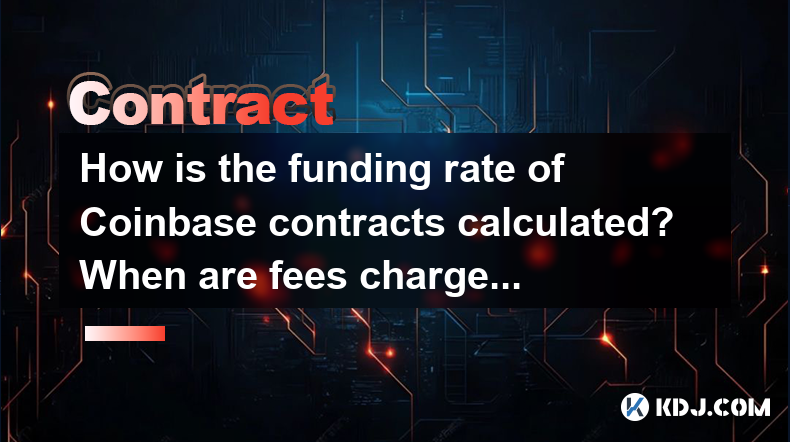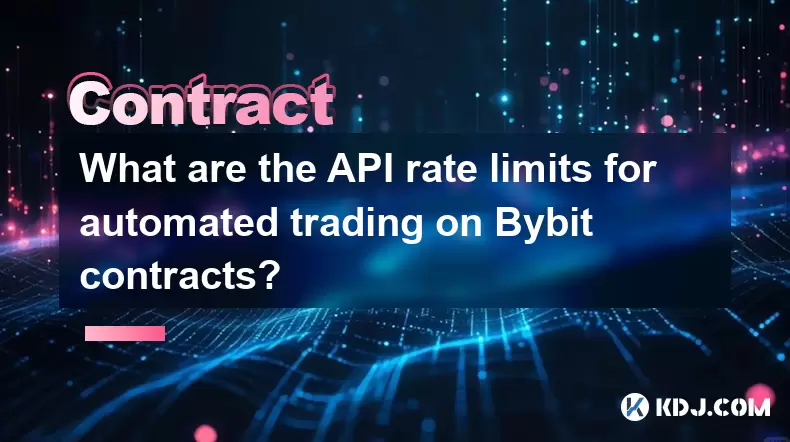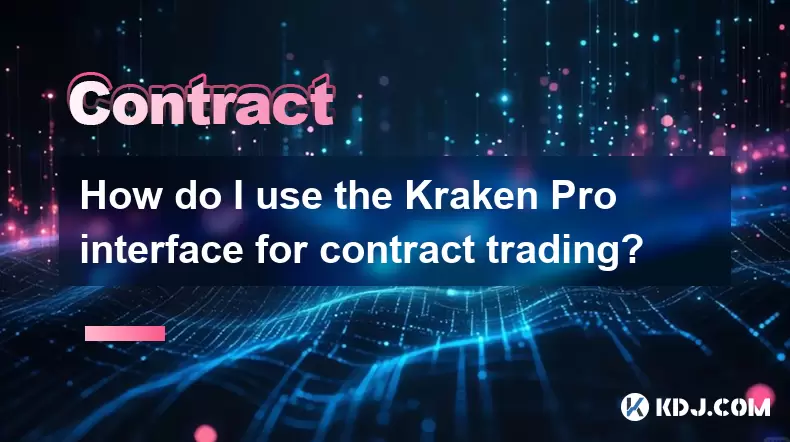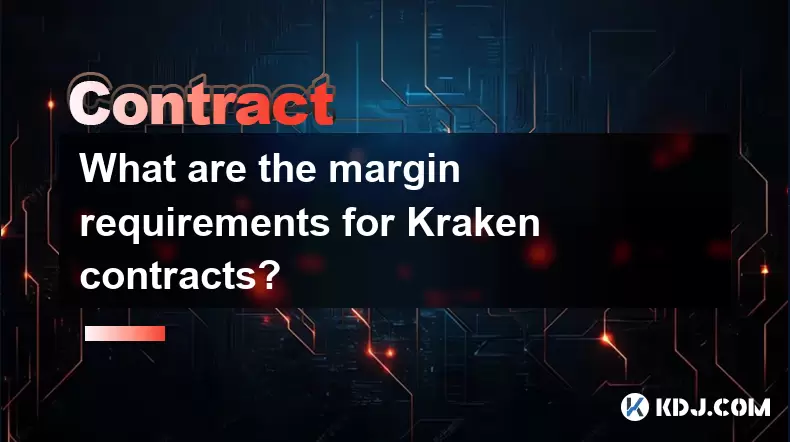-
 Bitcoin
Bitcoin $117600
2.11% -
 Ethereum
Ethereum $3907
6.13% -
 XRP
XRP $3.288
9.68% -
 Tether USDt
Tether USDt $1.000
-0.01% -
 BNB
BNB $784.8
2.00% -
 Solana
Solana $174.3
3.60% -
 USDC
USDC $0.9997
-0.03% -
 Dogecoin
Dogecoin $0.2220
8.04% -
 TRON
TRON $0.3379
0.01% -
 Cardano
Cardano $0.7829
5.46% -
 Stellar
Stellar $0.4348
8.84% -
 Hyperliquid
Hyperliquid $40.50
6.38% -
 Sui
Sui $3.757
7.22% -
 Chainlink
Chainlink $18.41
10.06% -
 Bitcoin Cash
Bitcoin Cash $581.6
1.91% -
 Hedera
Hedera $0.2586
5.37% -
 Avalanche
Avalanche $23.30
4.67% -
 Ethena USDe
Ethena USDe $1.001
0.01% -
 Litecoin
Litecoin $122.0
2.62% -
 UNUS SED LEO
UNUS SED LEO $8.972
-0.23% -
 Toncoin
Toncoin $3.338
1.14% -
 Shiba Inu
Shiba Inu $0.00001282
3.76% -
 Uniswap
Uniswap $10.38
6.88% -
 Polkadot
Polkadot $3.852
4.63% -
 Dai
Dai $1.000
0.02% -
 Bitget Token
Bitget Token $4.463
2.29% -
 Monero
Monero $263.6
-7.22% -
 Cronos
Cronos $0.1496
4.78% -
 Pepe
Pepe $0.00001106
4.91% -
 Aave
Aave $284.3
8.09%
How is the funding rate of Coinbase contracts calculated? When are fees charged or paid?
The funding rate on Coinbase, calculated every 8 hours, ensures perpetual futures align with spot prices, with fees charged or paid at 00:00, 08:00, and 16:00 UTC.
May 03, 2025 at 12:29 am

The funding rate of Coinbase contracts is a critical component for traders engaging in perpetual futures trading on the Coinbase platform. Understanding how this rate is calculated and when fees are charged or paid is essential for effective trading strategies. This article will delve into the specifics of the funding rate calculation and the timing of fee transactions on Coinbase.
What is the Funding Rate?
The funding rate is a mechanism used in perpetual futures contracts to ensure that the market price of the futures contract remains closely aligned with the spot price of the underlying asset. On Coinbase, this rate is calculated periodically and can result in either a payment from long position holders to short position holders or vice versa, depending on the rate's value.
Calculation of the Funding Rate
The funding rate on Coinbase is calculated using a formula that takes into account the difference between the perpetual contract's market price and the spot price of the underlying asset. The formula is as follows:
[ \text{Funding Rate} = \text{Premium Index} + \text{Clamp}(\text{Interest Rate} - \text{Premium Index}, 0.05\%, -0.05\%) ]
- Premium Index: This is the average difference between the perpetual contract's market price and the spot price over a specific period.
- Interest Rate: This is a fixed rate set by Coinbase, which represents the cost of holding the position.
- Clamp Function: This function ensures that the difference between the interest rate and the premium index is capped at ±0.05%.
The funding rate is typically calculated every eight hours, and the exact times are 00:00 UTC, 08:00 UTC, and 16:00 UTC. The rate is then applied to the position size of each trader, resulting in either a payment or a receipt of funds.
When Are Fees Charged or Paid?
Fees related to the funding rate are charged or paid at the end of each funding interval. Here's how it works:
- Positive Funding Rate: If the funding rate is positive, long position holders pay short position holders. This means that traders holding long positions will have funds deducted from their accounts, while those holding short positions will receive funds.
- Negative Funding Rate: If the funding rate is negative, short position holders pay long position holders. In this case, traders with short positions will see funds deducted from their accounts, while those with long positions will receive funds.
The actual transfer of funds occurs at the end of each funding interval, specifically at 00:00 UTC, 08:00 UTC, and 16:00 UTC. Traders should be aware of these times to manage their positions effectively.
How to Calculate Your Funding Payment
To calculate the funding payment you will receive or pay, you can use the following formula:
[ \text{Funding Payment} = \text{Position Size} \times \text{Funding Rate} ]
- Position Size: This is the size of your position in the perpetual futures contract.
- Funding Rate: This is the rate calculated at the end of each funding interval.
For example, if you have a long position of 10 contracts and the funding rate is 0.01%, your funding payment would be:
[ \text{Funding Payment} = 10 \times 0.01\% = 0.001 \text{ contracts} ]
This payment would be deducted from your account at the end of the funding interval.
Practical Example of Funding Rate Calculation
Let's walk through a practical example to illustrate how the funding rate is calculated and applied:
- Premium Index: Over the last eight hours, the average difference between the perpetual contract's market price and the spot price is 0.02%.
- Interest Rate: Coinbase has set the interest rate at 0.03%.
- Funding Rate Calculation:
[ \text{Funding Rate} = 0.02\% + \text{Clamp}(0.03\% - 0.02\%, 0.05\%, -0.05\%) ]
[ \text{Funding Rate} = 0.02\% + \text{Clamp}(0.01\%, 0.05\%, -0.05\%) ]
[ \text{Funding Rate} = 0.02\% + 0.01\% = 0.03\% ]
In this example, the funding rate is 0.03%. If you hold a long position of 10 contracts, your funding payment would be:
[ \text{Funding Payment} = 10 \times 0.03\% = 0.003 \text{ contracts} ]
This amount would be deducted from your account at the end of the funding interval.
Managing Your Positions Around Funding Intervals
To manage your positions effectively around funding intervals, consider the following strategies:
- Monitor the Funding Rate: Keep an eye on the funding rate leading up to the funding interval. If the rate is high and you hold a long position, you might want to close your position before the interval to avoid a large payment.
- Adjust Your Position Size: If you anticipate a significant funding payment, you might reduce your position size to minimize the impact.
- Take Advantage of Negative Rates: If the funding rate is negative and you hold a long position, you will receive funds. This could be an opportunity to increase your position size.
Frequently Asked Questions
Q: Can the funding rate change during the funding interval?
A: No, the funding rate is calculated at the end of each funding interval and remains constant until the next calculation. Traders should monitor the rate leading up to the interval to anticipate their payments or receipts.
Q: How does Coinbase determine the interest rate used in the funding rate calculation?
A: Coinbase sets the interest rate based on market conditions and its internal policies. This rate is typically fixed and announced to traders in advance.
Q: Is there a way to avoid funding payments altogether?
A: The only way to avoid funding payments is to not hold positions during the funding intervals. However, this might not be practical for active traders. Instead, consider adjusting your position size or timing your trades to minimize the impact of funding payments.
Q: What happens if I don't have enough funds to cover a funding payment?
A: If you do not have sufficient funds in your account to cover a funding payment, your position may be liquidated to cover the payment. It's crucial to maintain adequate funds in your account to avoid this scenario.
Disclaimer:info@kdj.com
The information provided is not trading advice. kdj.com does not assume any responsibility for any investments made based on the information provided in this article. Cryptocurrencies are highly volatile and it is highly recommended that you invest with caution after thorough research!
If you believe that the content used on this website infringes your copyright, please contact us immediately (info@kdj.com) and we will delete it promptly.
- Cold Wallet Crypto in 2025: The Future is Now, Ya'll
- 2025-08-08 05:10:13
- MAGACOIN, SOL, and ADA: A Tale of Shifting Tides in Crypto
- 2025-08-08 05:10:13
- SHIB Price, PEPE, and the Memecoin Supercycle: Who Will Reign Supreme?
- 2025-08-08 05:50:12
- Pudgy Penguins Price Prediction: Google Trends & Breakout Signals
- 2025-08-08 05:50:12
- UAE Crypto Regulation: SCA and VARA Unite to Streamline the Future of Digital Assets
- 2025-08-08 05:55:48
- MAGACOIN Finance: The Presale Phenomenon Rocking the Crypto World
- 2025-08-08 05:55:48
Related knowledge

Are there any fees for futures settlement on OKX?
Aug 08,2025 at 05:35am
Understanding Futures Settlement on OKXFutures settlement on OKX refers to the process by which open futures contracts are automatically closed or mar...

How to use the OKX margin calculator for futures?
Aug 08,2025 at 05:15am
Understanding the OKX Margin Calculator for FuturesThe OKX margin calculator is a specialized tool designed to assist traders in estimating the requir...

How to find and copy experienced traders on Bybit contracts?
Aug 08,2025 at 06:00am
Understanding Copy Trading on BybitBybit offers a copy trading feature that allows users to automatically replicate the contract positions of experien...

What are the API rate limits for automated trading on Bybit contracts?
Aug 08,2025 at 06:08am
Understanding API Rate Limits on BybitWhen engaging in automated trading on Bybit contracts, understanding the API rate limits is essential to prevent...

How do I use the Kraken Pro interface for contract trading?
Aug 08,2025 at 05:00am
Understanding the Kraken Pro Interface for Contract TradingThe Kraken Pro platform is designed for advanced traders who require speed, precision, and ...

What are the margin requirements for Kraken contracts?
Aug 08,2025 at 05:42am
Understanding Margin in Kraken Futures TradingWhen engaging in futures trading on Kraken, traders must understand that margin is the collateral requir...

Are there any fees for futures settlement on OKX?
Aug 08,2025 at 05:35am
Understanding Futures Settlement on OKXFutures settlement on OKX refers to the process by which open futures contracts are automatically closed or mar...

How to use the OKX margin calculator for futures?
Aug 08,2025 at 05:15am
Understanding the OKX Margin Calculator for FuturesThe OKX margin calculator is a specialized tool designed to assist traders in estimating the requir...

How to find and copy experienced traders on Bybit contracts?
Aug 08,2025 at 06:00am
Understanding Copy Trading on BybitBybit offers a copy trading feature that allows users to automatically replicate the contract positions of experien...

What are the API rate limits for automated trading on Bybit contracts?
Aug 08,2025 at 06:08am
Understanding API Rate Limits on BybitWhen engaging in automated trading on Bybit contracts, understanding the API rate limits is essential to prevent...

How do I use the Kraken Pro interface for contract trading?
Aug 08,2025 at 05:00am
Understanding the Kraken Pro Interface for Contract TradingThe Kraken Pro platform is designed for advanced traders who require speed, precision, and ...

What are the margin requirements for Kraken contracts?
Aug 08,2025 at 05:42am
Understanding Margin in Kraken Futures TradingWhen engaging in futures trading on Kraken, traders must understand that margin is the collateral requir...
See all articles

























































































